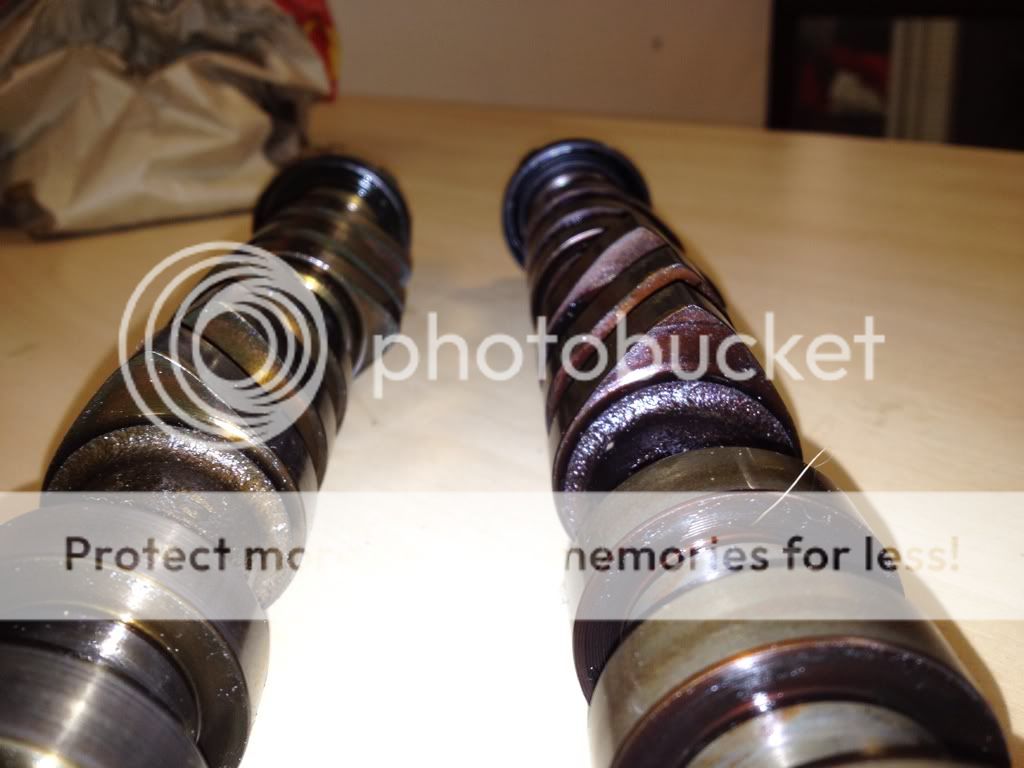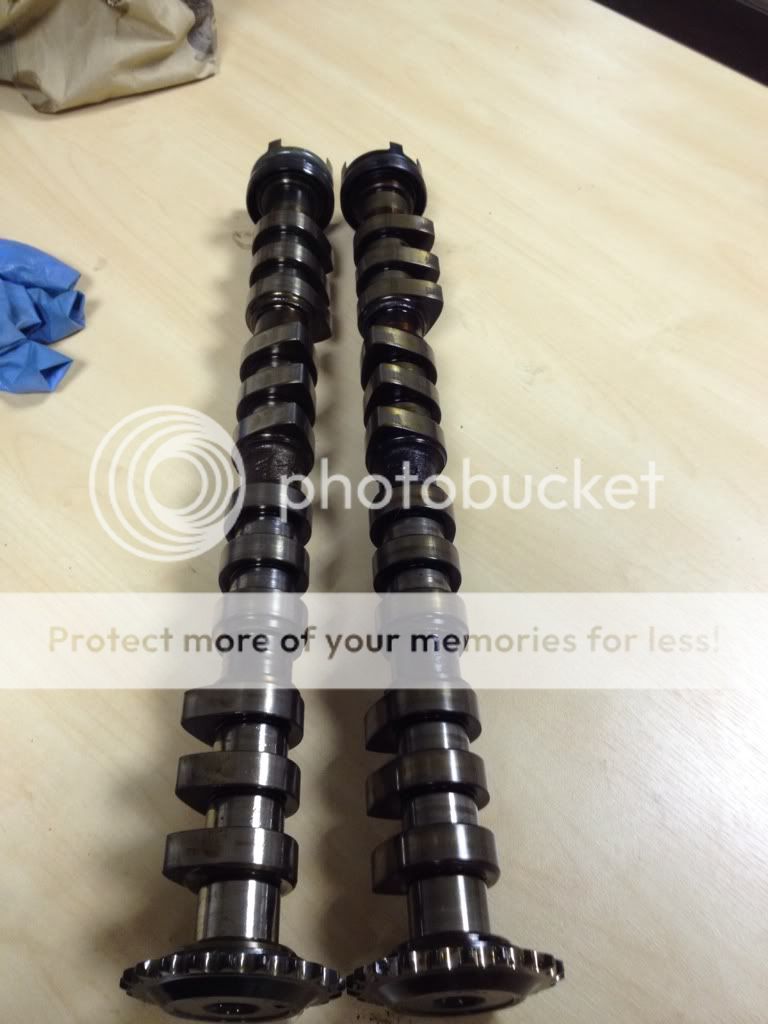- Joined
- Sep 14, 2008
- Messages
- 24,836
- Reaction score
- 6,078
- Points
- 113
- Location
- Wibbleton
- Website
- www.tuffty.co.uk
I dont know how much relevance this has but anyone tried adjustable vernier pulleys ?
Bill has one on his Ibiza engine... but also runs cat cams...
there are some cams that have adjustable chain drive pulleys too... I have seen these come loose...
<tuffty/>


















